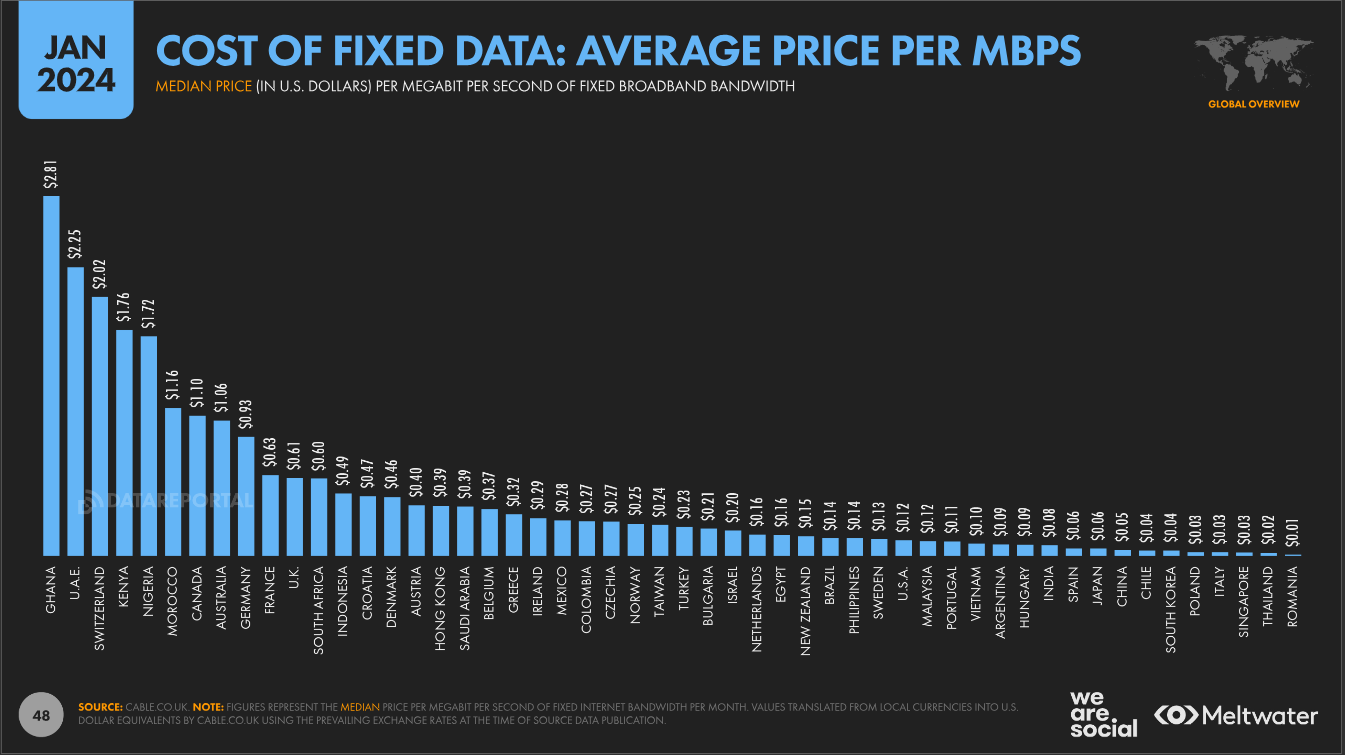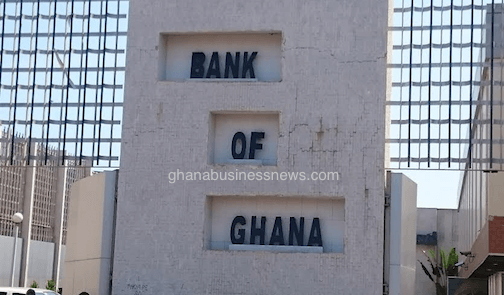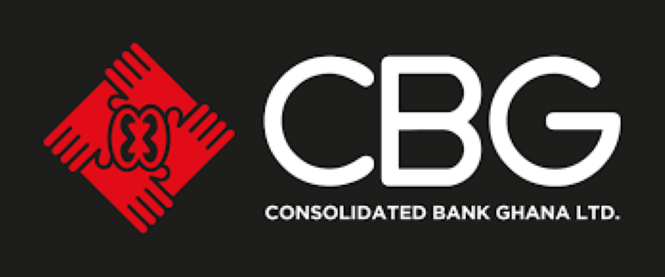
By J. N. Halm
First introduced in 1965 by a British physicist, sociologist and science historian, Derek J. de Solla Price, Price’s Law or Price’s Square Root Law is quite an interesting rule of thumb.
The Law simply states that in any productive community or grouping, 50% of the results will be achieved by the square root of the total number of those within the community or the group. Simply put, a few entities within the group end up carrying half of the entire group’s performance.
Although it is largely regarded as an observation, Price’s Law is said to be a very good indicator or predictor of the performance of members of a grouping or community. Many scientists will attest to the fact that Price’s Law is a theory that has been confirmed in a variety of situations.
For instance, it has been found to hold in the world of book publishing where few authors sell the vast percentage of books sold. Price’s Law has also been found to be true in classical music, where about five composers are responsible for 50% of the most performed classical music of all time.
If this sounds familiar, it is because Price’s Law seems similar to an earlier principle, Pareto’s Principle, named after Italian sociologist and economist, Wilfredo Pareto. Also known as the 80/20 Rule or the Law of the Vital Few, Pareto’s Principle states that for many outcomes, roughly 80% of consequences come from 20% of causes (the “vital few”). The Principle was developed in 1941 by management consultant Joseph M. Juran, who had incidentally, come across work done by Pareto in 1906.
Although Pareto’s Principle and Price’s Law might sound similar, there is one big difference between the two. Whereas Pareto’s Law is meant to hold regardless of the size of the group under consideration, Price’s Law means that as the group’s number increases, the discrepancy between the few who are producing half of the results and the rest of the group begins to grow wider.
For example, in a group of 9, 3 entities would be responsible for 50% of the results. However, as the number grows to 25, only 5 entities would be producing as much as the other 20 combined. When the total number in the group gets to 100, only 10 entities would be producing as much as all the other 90 entities combined.
It was this widening discrepancy that made Price’s Law such an intriguing prospect to study. The more I read about it, the more intriguing I found it, until I finally decided to put it to the test. To do so, I resorted to the one industry I had had considerable experience in—the banking industry. Having done close to a decade with two banks, I felt it was an industry I was comfortable with.
With the choice of industry to study settled, I needed a good source of data for my test. I needed verifiable data to use in gauging the performance of the banks in the country and to ascertain the veracity of Price’s Law. Finding information about the performance of banks in this country was quite easy due to the variety of surveys always being carried out in that particular sector.
For the sake of convenience, I settled on the annual Banking Sector Report published by PricewaterhouseCoopers (PwC). These annual reports have always been well-produced and very easy to comprehend, even for non-bankers. Therefore, I found it an easier document to use for my “unscientific” experiment.
The 2024 Report, which studied the performance from the previous year, was therefore my source document for this unsolicited, but still very exciting, exercise. It is instructive to note that the Report took into consideration the performance of 20 out of the 23 licensed banks.
At its simplest, banks do two things. It can be argued that any other function carried out by banks is a variation of either of these two core activities. Banks exist to collect money and to lend money. Plain and simple. Therefore, in applying Price’s Law to the Ghanaian banking sector, the two parameters I deemed most important were the Share of Industry Deposits and the Share of Industry Loans and Advances.
If Price’s Law were to hold and with the square root of 20 being approximately 4.472135955, one could round off and state that the performance of the top 5 banks in the country should equal the performance of all the other 15 banks in those two categories. In other words, if Price’s Law were to hold, the top five banks in each category would hold 50% of the total industry deposits or industry loans and advances.
In terms of the Share of Industry Deposits, the top five banks were Ecobank (14.20%), GCB (10.86%), Stanbic (9.63%), ABSA (8.06%) and Fidelity (6.27%). The combined percentage of these five banks was 49.02%. This was as close to the predictions of Price’s Law as it could get.
The result from the Share of Industry Loans and Advances was even more intriguing. The top five banks under this category were Ecobank (16.1%), GCB (12.0%), ABSA (10.8%), Stanbic (10.2%) and SG-GH (6.8%). The combined percentage of the square root of the banks surveyed by PwC for this particular performance metric was 55.9%. On this score, it is clear that Price’s Law performed even better than was to be expected.
By and large, I would state that indeed Price’s Law holds, if only for the performance of the banks in this country. Based on the two parameters I chose, I can say that the Law can be trusted.
Although there have been several issues raised against Price’s Law, it has stood the test of time largely. Together with Pareto’s Principle, these Laws are still resorted to, time and time again. In my opinion, it is not about the exactness of the figures. The import of both laws is the fact that in any grouping, a smaller percentage of those in the group are responsible for a greater chunk of the results.
One of the lessons from Price’s Law was best stated by Dr. Jordan Peterson, author of the book, The 12 Rules of Life. He stated in a lecture that can be found on YouTube, “As your company grows, incompetence grows exponentially and competence grows linearly.” In other words, in a typical establishment, very few people would be carrying the greater percentage of the workforce.
The challenge for every business therefore is how to get a greater number of people doing more. However, this will be no mean feat. It would take some convincing to get individuals who are so used to churning out mediocre results after mediocre results to want to move up to join the vital few.
Another lesson that can be gleaned from Price’s Law is for those in charge of recruiting into the organisation. It helps to find out how well a potential new employee performed at the one’s old place of work. Was the one among the vital few or was the one among the many others? This would help in knowing whether the one coming in is going to be a superstar or an also-ran.
Another way by which Price’s Law can prove to be beneficial for organisations is to first recognise the top few and to learn from them. If the top performers can be identified and their methods studied thoroughly, it would provide a blueprint that can be used to train the others.
If out of the others, another group of star performers emerges, that organisation would have benefited immensely. The skillset, knowledge, and attitude that produces excellence would have been spread across the organisation.
Today, the Derek de Solla Price Memorial Award, or Price Medal, exists to honour Derek J. de Solla Price for his contributions to information science. It is true that many of us might never win this prestigious award. But we can console ourselves with the fact we can always apply Price’s Law to improve our performance as a collective.

The post Price’s law: as applied to the banking industry appeared first on The Business & Financial Times.
Read Full Story














Facebook
Twitter
Pinterest
Instagram
Google+
YouTube
LinkedIn
RSS